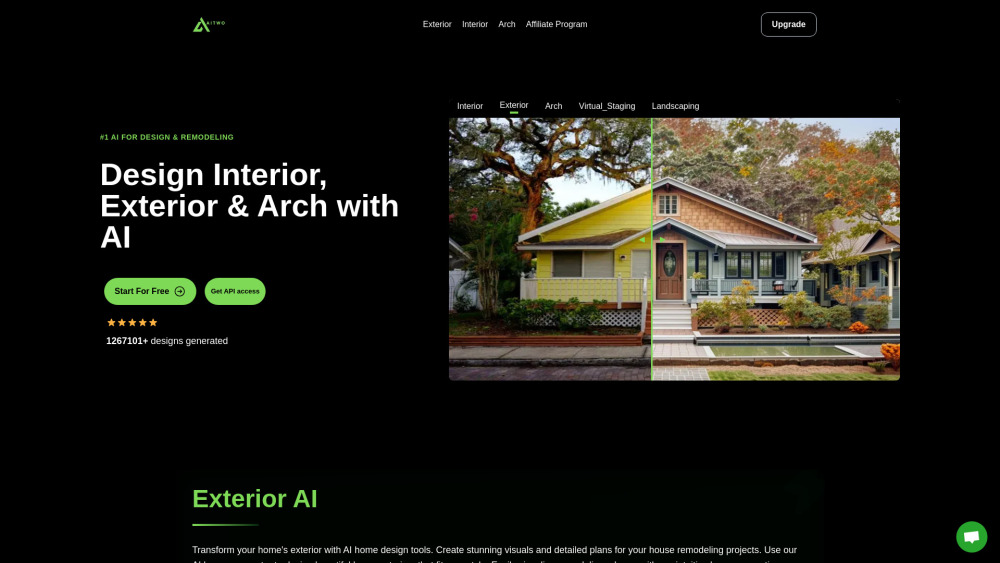In 2024, Europe is poised to unveil its first exascale computer, Jupiter, a hallmark of innovation that aims to compete with the world's most powerful supercomputers. This groundbreaking machine will be stationed at the Jülich Supercomputing Centre in Germany and is anticipated to achieve a formidable processing capability of one exaflop, translating to an astonishing one quintillion calculations per second (1,000,000,000,000,000,000).
The projected investment for constructing and maintaining Jupiter over a six-year period is approximately €500 million ($545 million). Designed to meet the rigorous demands of advanced scientific research and artificial intelligence (AI) applications in various sectors, Jupiter will facilitate an array of high-impact projects. Notable applications include the training of expansive language models, simulations for the creation of innovative materials, the development of digital twins of the human heart and brain for medical advancements, the validation of quantum computing technologies, and high-resolution climate simulations.
Jupiter will feature a cutting-edge, liquid-cooled architecture and will be equipped with 24,000 Nvidia GH200 Superchips. This powerful supercomputer will empower users across academia, industry, and the public sector, providing access to advanced tools for AI development, including large language model training and digital twin technology aimed at healthcare and climate research.
Funding for this ambitious project stems from EuroHPC Joint Undertaking, a collaborative initiative between the European Union, various European nations, and private sector partners dedicated to advancing supercomputing capabilities in Europe. Additionally, support comes from Germany's Federal Ministry of Education and Research (BMBF) and the Ministry of Culture and Science of North Rhine-Westphalia (MKW NRW).
The initial phase of Jupiter's development is already in progress, having received its first batch of Nvidia GH200s in December. The architecture is designed to be modular, featuring a Booster Module for especially compute-intensive tasks, which will be provided by Atos-owned Eviden, alongside a general-purpose Cluster Module based on technology from SiPearl. This flexibility ensures that Jupiter can manage intricate simulations and smoothly transition to integrating future technologies, including advancements in quantum computing.
Despite these advancements, Europe currently trails behind North America and Asia in supercomputing capabilities. The latest Top500 list indicates a rise in Europe's supercomputing systems from 133 to 143, yet it still lags behind North America's 171 systems, which house the only operational exascale supercomputers, as well as Asia's 169 systems.
Thomas Lippert, director of the Jülich Supercomputing Centre, expressed optimism regarding Europe's potential for innovation in the AI landscape. “Our users are increasingly training AI models on the system. With the extensive foundation models, the entire system is often fully utilized. Other European centers involved in EuroHPC JU have also been ramping up their deployment of supercomputers equipped with GPU accelerators since 2021,” he noted. “Jupiter signifies a pivotal milestone, showcasing that Europe possesses both the necessary computational power and the software development expertise to lead in AI innovation.”





